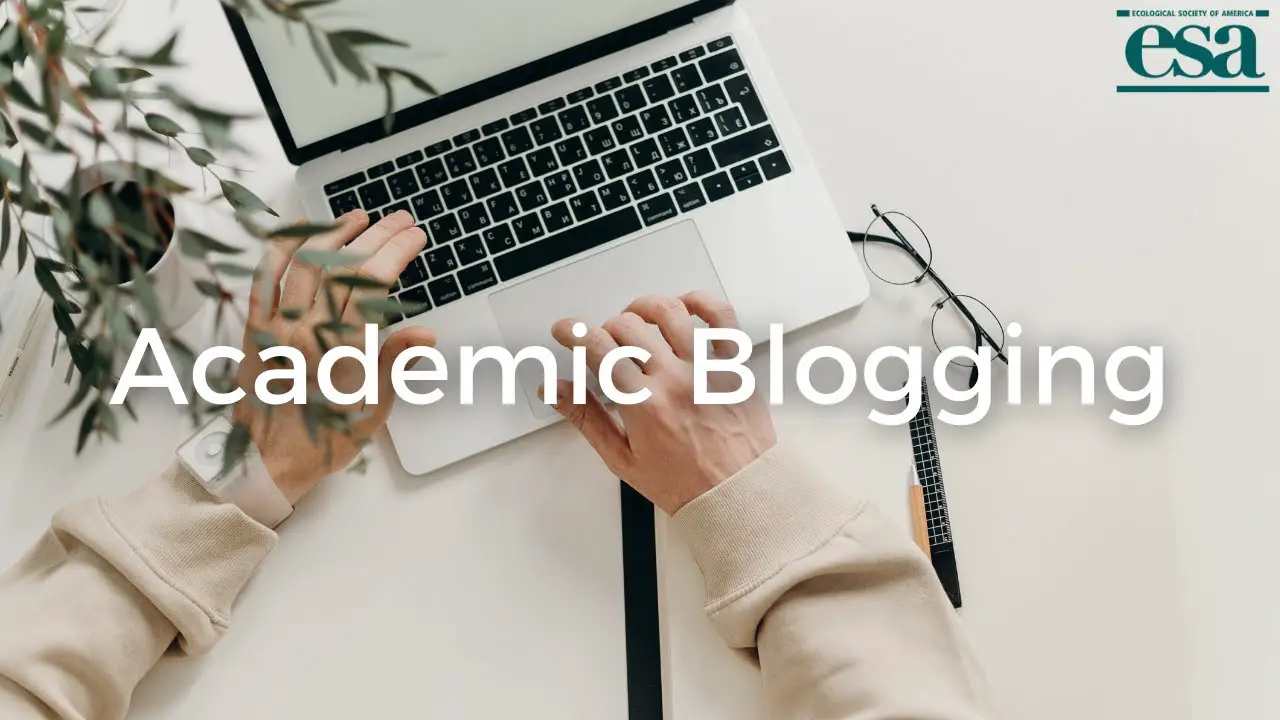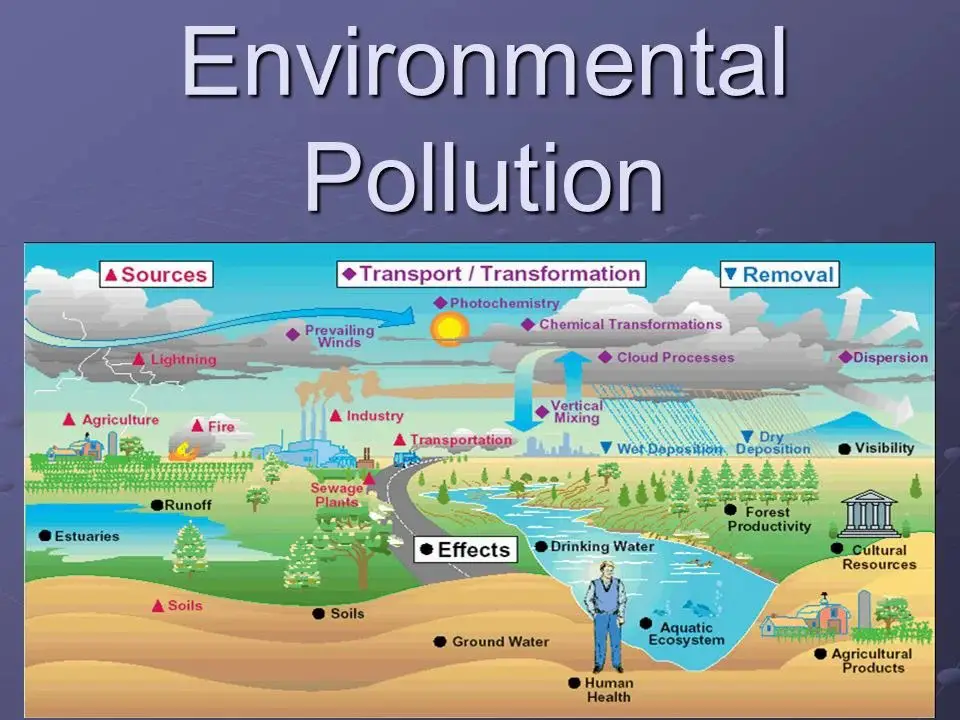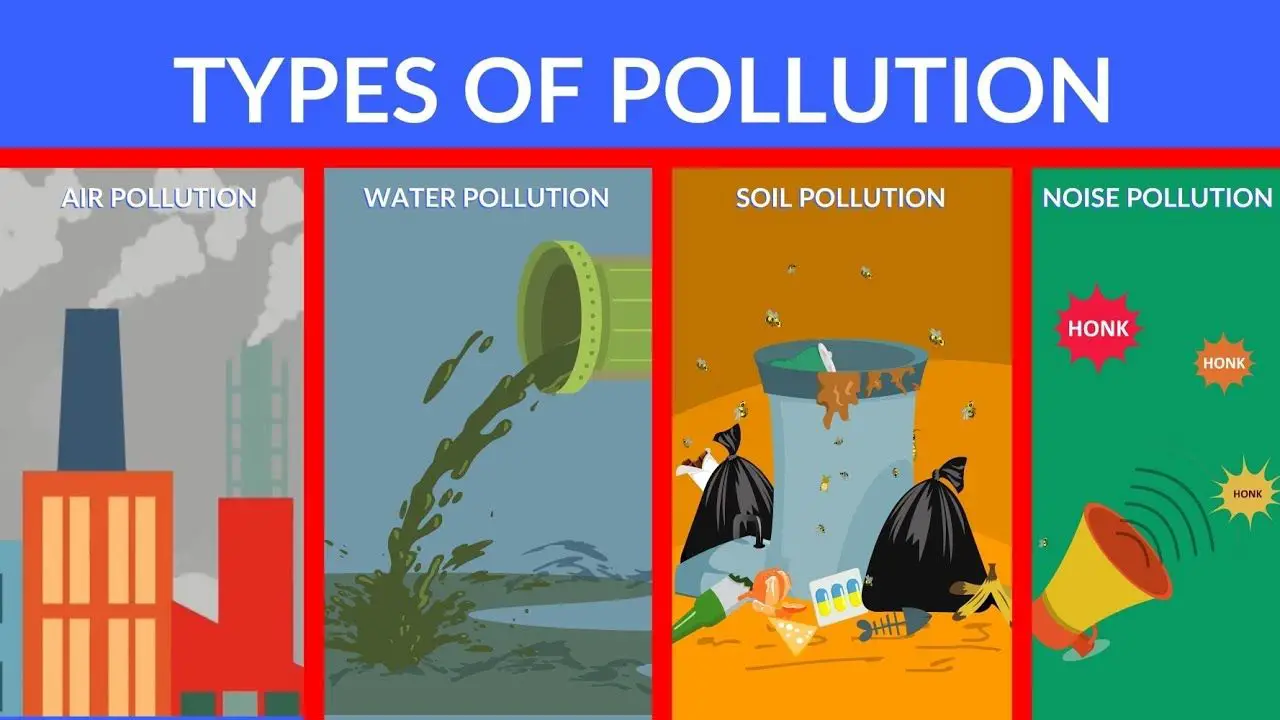The most distinctive feature of academic blogging is the ability to combine formally presented academic writing with its more casual and engaging version. For example, a blog post is an ideal medium where one’s ideas can be expressed along with one’s experiences with critical thinking. These shorter and less formal writings motivate students to participate in class discussions or rather class readings and serve as a very good means of expressing ideas that do not fit into traditional essays. Most importantly, they encourage people to play with the form, add images, and incorporate their own life stories into the academic discourse. In this literature, the distinctive features of academic blogs and tips on how to use them efficiently and creatively are considered.
Why Blogs and Formal Academic Papers are so Different
Probably the most obvious distinction that can be made between a blog and a research paper is its content, as they attract significantly different audiences. However, many traditional forms of writing are contained within the confines of a blog. There are creative, journalistic blogs that encourage experimentation and self-involvement rather than trying to follow the ‘writing code’ that all journals dictate to follow. A blog is not simply a condensation of a formal paper but invites the writer’s thoughts, ideas and art as part of the argument.
All this is not to say that the content of a blog is trivial or superficial. Like any writer, a blogger must support their statements with facts from reliable sources, offer interpretations and be logical. However, the difference is in the execution. Imagine writing a traditional essay using more of your thoughts without the rigid constraints of a writing structure where you can include a bit of story, examples and even your own feelings towards the subject matter. This makes the argument stronger because it is relatable and more human, but still maintains a high level of scholarly expectations.
In addition the actual process of writing a blog is integrated with audiovisual material such as pictures, videos and hyperlinks in support of an argument. Such elements are less prevalent in scholarly journal articles, but a blog would benefit greatly by presenting readers with various interactive options on the topic. Also, a blog does not have a particular fixed format where one is bound to use a certain number of words. Headings and short paragraphs can be used where necessary and even bolding or italicized text can be used to emphasize certain areas. This results in a more active blog as a format that is satisfactory to readers in most cases, and still puts forth a good argument.
Key Features of Effective Digital Content
The achievement of any given academic blog post is attributed to certain characteristics that are common to all of them. Perhaps the most distinctive feature of a blog is the author’s voice. Most interesting blogs present a lot of personality and perspective. Blogs are sites that allow you to portray your point of view in a unique way without falling into a generic perspective. But this does not mean that a blog has to be completely biased or informal. A well-composed blog is based on personal experience and fact; it uses sources and data to strengthen claims but does not overburden the audience.
The opening part of any blog post is very important. An interesting or funny title can spark the author’s interest, but a very active beginning – for example, offering a paradox, a controversy or a story – can immediately bring the reader to the business. Typically, in many cases, strong posts begin with an experience or observation, however, this is different because it builds on the old experience leading to a new insight or a different context. For example, taking the case of a boring activity like discussing urban design, public space and sustainability – issues that are likely linked to the course.
Consideration of evidence in blog writing should be done carefully. The academic norm of including citations is very much applicable, but how this is done should not take all the focus away from your argument. For example, internal links to relevant journal articles, research or news sources serve as a means of strengthening such an argument but in such cases the main focus has to remain on the writer’s own input. This awareness of self and audience in writing is what makes blogs useful in academic work – they require concentration as well as writing at an easy level. In addition, voice and clear positioning and order of evidence and argument are all important. It is also worth noting that a salp.
Incorporating Multimedia
One of the best aspects of blogs is the use of multimedia elements. The inclusion of text with visual images, videos of auditors, graphs, and hypertext, shows the richness of the content that sustains the readers’ understanding and meaning as well as their engagement. An interesting picture or YouTube video can help make certain concepts more clear than any written word. For example, in the context of trends focusing on global change, a thought-provoking picture of poor air quality or even a short clip demonstrating the effects of global warming will leave a lasting impression on the audience. Embedded hyperlinks to journal articles, additional websites, or other online resources provide an opportunity to enhance the argument by enabling further reading without breaking the continuity of the blog. These add special features that create a perfect example of a modern form of public outreach that is sweeping the academic field and is called blogs.
Categories of Blog Posts
Although there is a great deal of variety in academic posts depending on the discipline and instructor, academic posts can be classified into one of four types: text analysis, personal and academic experiences, current events, or answers to given questions. Still, these types are not rigidly defined, and many posts will contain elements of several types.
- Text analysis: These are blogs that take a specific text and a particular topic and read that text closely. In this type of post, often called analysis, you can focus on another aspect of the reading, and this time incorporate your understanding of that topic from class and other studies.
- Personal knowledge: Such posts can show how various events, incidents, or circumstances in one’s life oriented toward the course become a new personal experience that influences one’s ideas about the core ideas of the course. These posts consider personal experience and therefore allow for a range of readings from academic to non-academic literature and personal experiences.
- Current Events: Any connection between the course content and current events is appreciated as it shows the deeper relevance of the course and the application of critical thinking.
The academic blogging experience comes as a welcome relief from the routine and outdated traditions of writing academic essays. One can talk or listen. One can include pictures and videos and share one’s opinions, thoughts and ideas but still maintain discretion. The structure is informal but there is respect for the correct use of language (and academic tools for that matter), and this is where the magic of academic blogs lies – they help one engage with course material and think about their concepts in a less rigid but more meaningful way. And, if the blogger has a strong personality, makes good arguments and shows good visual content – the blog can encapsulate the essence of the study as well as serve as a starting point for another academic writing that is more rigidly structured.
Read Also:
- 5-Stage Blogging Process
- Top and Important Steps For Blog Creation
- Blogging and Uses of Blogs in Libraries
- How To Build A Community Around Your Blog – Tips And Insights
- Blogging With Tumblr







Leave a Reply